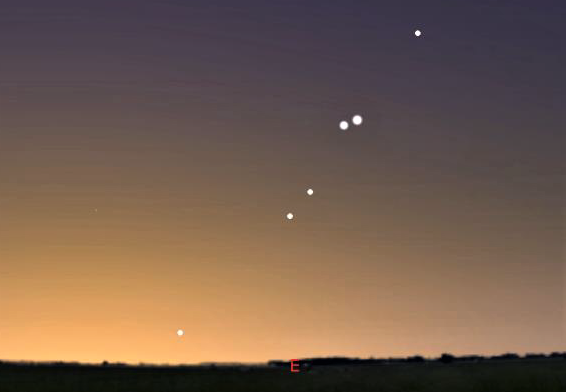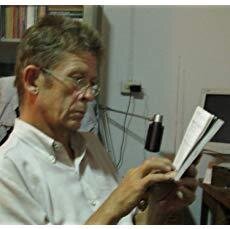gopura
sk गोपुर gopura, "elaborate gateway" |
Gopura in Indian architecture refers to a tower above a gateway or archway, "towers at the entrances of a temple". The term is also used as saṃdoha, a "meeting place" of the Yoginis.
by Asger Mollerup
Planet-alignement during the consecration of Banteay Srei Temple.

Publication: Appendix III, pgs 226-233, in Ancient Khmer Sites in NE Thailand and the Angkor-Phimai route. White Lotus Press, Bangkok.
Published: 2018
Author: Asger Mollerup
Pages: 24
Language : English
pdf 954.9 KB
On April 22 – 23, 967 CE, the consecration of Prasat Banteay Srei coincided with a rare clustering-alignement of the nine celestial bodies-deities of the Navagraha, a central concept in Hindu astronomy.
The author, a specialist in archeo-astronomy, has closely studied the Inscription K.842, engraved on both sides of a stele discovered in January 1936 in the southern central part of Gopura IV.
“The original name of Prasat Banteay Srei, or more exactly the deity in the central shrine, was Śrī Tribhuvanamaheśvara, meaning the Great Lord of the Threefold World, an appellation of Lord Shiva. The constructor and chief architect, Yajñavarāha, was not a king, but the rajāguru (‘royal teacher’) of King Yajavarman V.”
Archeo-astronomy is a research field that brings up particular insights on the Hindu, Vedic and Tantric influences on Khmer rulers and priests.
In this study, the author notes: “Indian knowledge was the ‘state of art’ throughout the ‘Sanskrit sphere’ including most of SE-Asia from the first part of the first millennium. Vedic knowledge was revered among the Khmer elite and the royal family had contemporary Brahmin ties to India in the 10th century.
“The younger sister of Jayavarman V, Indralakshmī, was married to Divākarabhatta, a Brahmin from North India. Together they made many foundations, one of which included an image of her mother. And during Jayavarman V’s reign we see two ‘foreign’ Brahmans (Paradeśa), undoubtedly Indians, buying land and founding Shivaite sanctuaries on it.
“The Khmer master-builders did not copy Indian temples; but were influenced by Indian sciences and religions, which were adapted to local conditions.”
Tags: Banteay Srei, astronomy, celestial bodies, archaeo-astronomy, Hinduism, Shiva

An independent researcher, Asger Mollerup (12 Aug 1949, Hobro, Denmark) specializes in ethno-linguistics, Khmer temples history and archaeo-astronomy, the discipline studying the way ancient cultures related to celestial events.
He has extensively studied hundreds of Khmer temples in Northern Thailand (Isan Province) and Cambodia, mainly their orientation in relation to the cardinal points and the position of the sun during the two annual solstices.
In Thailand, Asger Mollerup has developed several activities in cultural tourism since 1988. He lives in the Phu Phan Mountains, N‑E Thailand, pursuing researches on Isan, Lao and Thai languages.